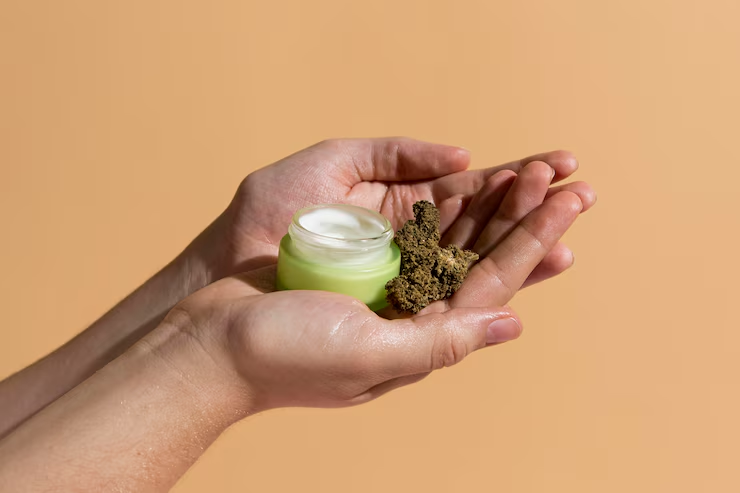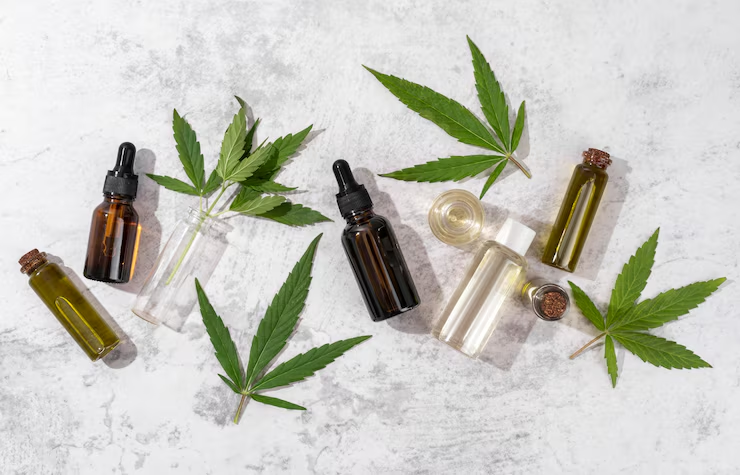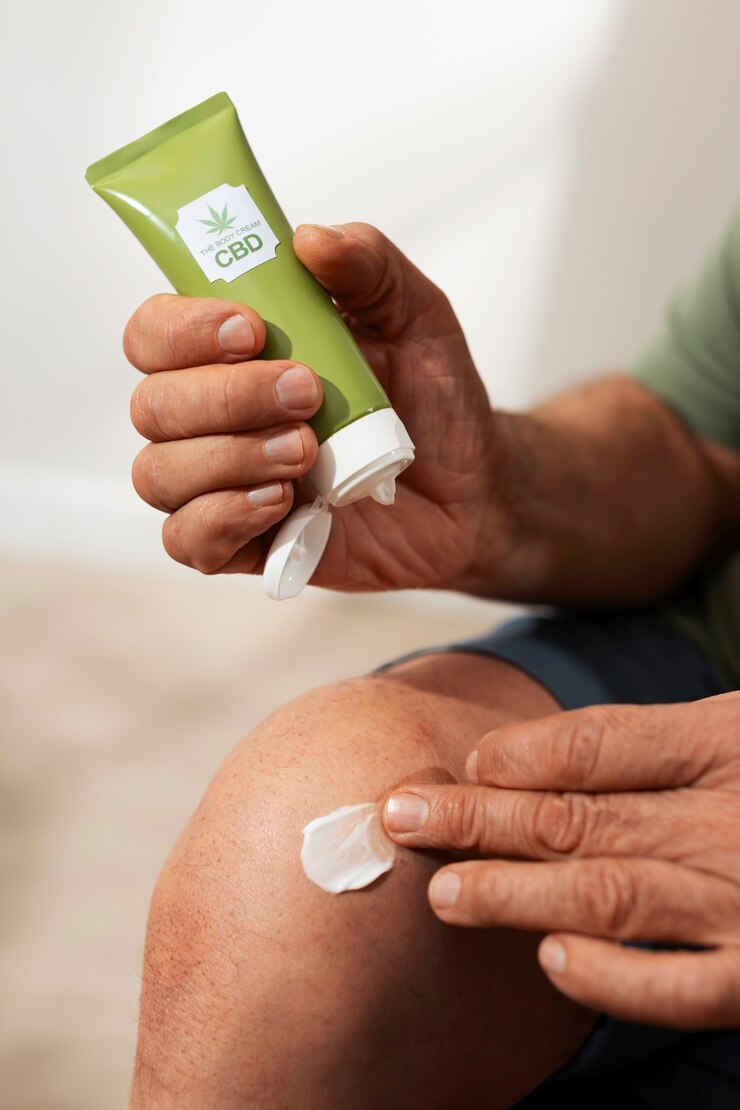CBD for Muscle Recovery After Exercise
Level Up Your Recovery: Exploring the Potential of CBD for Muscle Recovery After Exercise
Pushing your body to its limits during exercise is rewarding, but the subsequent muscle soreness and fatigue can sometimes hinder your progress and motivation. Athletes and fitness enthusiasts are constantly seeking effective ways to optimize their recovery, and increasingly, CBD for Muscle Recovery is gaining attention as a natural aid. But what does the science say, and how can you incorporate CBD for Muscle Recovery into your post-workout routine? Let’s dive into the details.
The Science of Muscle Recovery: What Happens After a Workout?
Intense exercise, especially activities involving resistance training or high impact, causes microscopic tears in your muscle fibers. This damage triggers an inflammatory response as your body works to repair and rebuild the muscle tissue, making it stronger over time. This process is essential for muscle growth and adaptation, but it also leads to delayed onset muscle soreness (DOMS), characterized by stiffness, pain, and reduced range of motion, typically peaking 24-72 hours after exercise.
Effective muscle recovery involves reducing inflammation, alleviating pain, and promoting muscle repair. Traditional methods include rest, ice, compression, elevation (RICE), stretching, and proper nutrition. Now, CBD for Muscle Recovery is emerging as a potential complementary approach.
How CBD May Support Muscle Recovery: Unlocking the Potential
Cannabidiol (CBD) is a naturally occurring compound found in the hemp plant. It interacts with the body’s endocannabinoid system (ECS), a complex network of receptors,1 enzymes, and endocannabinoids that2 plays a crucial role in regulating various physiological processes, including pain perception, inflammation, and immune function.3
Here’s how CBD for Muscle Recovery might work:
- Reducing Inflammation: Exercise-induced muscle damage leads to inflammation. CBD has shown promising anti-inflammatory properties in various preclinical and some clinical studies. By interacting with the ECS, CBD may help modulate the inflammatory response, potentially reducing muscle soreness and speeding up recovery.
- Alleviating Pain: DOMS can be a significant deterrent to staying consistent with your fitness routine. CBD’s interaction with the ECS may also help to alleviate pain perception. It’s thought to influence pain signals and potentially reduce the intensity of muscle soreness.
- Promoting Relaxation and Sleep: Adequate rest and sleep are crucial for muscle recovery. CBD has been reported by many users to promote relaxation and improve sleep quality. Better sleep allows your body more time and resources to repair and rebuild muscle tissue.
Exploring the Evidence: Research on CBD for Muscle Recovery
While the anecdotal evidence for CBD for Muscle Recovery is growing, the scientific research in this specific area is still developing. However, several studies provide insights into CBD’s potential benefits for athletes and active individuals:
- Studies on Inflammation: Research has consistently demonstrated CBD’s anti-inflammatory effects in various contexts, suggesting it could play a role in reducing exercise-induced inflammation.
- Studies on Pain Relief: CBD has shown promise in managing different types of pain, which could translate to relief from muscle soreness.
- Limited Human Studies on Exercise Recovery: While animal studies have indicated potential benefits of CBD for muscle recovery, more robust human clinical trials specifically focused on exercise recovery are needed to draw definitive conclusions.
It’s important to note that the current research landscape suggests that CBD for Muscle Recovery holds potential, but more high-quality studies, particularly in human populations engaging in exercise, are necessary to fully understand its efficacy and optimal usage.
Different Ways to Use CBD for Muscle Recovery
If you’re interested in exploring CBD for Muscle Recovery, you have several options available:
- CBD Oils and Tinctures: These are taken sublingually (under the tongue) and offer relatively fast absorption into the bloodstream, potentially providing systemic relief.
- CBD Topicals (Creams, Balms, Lotions): Applied directly to sore muscles, topicals can provide localized relief and target specific areas of discomfort. This can be particularly beneficial for addressing specific muscle groups that are experiencing soreness.
- CBD Edibles (Gummies, Capsules): These offer a convenient and discreet way to consume CBD, although the onset of effects may be slower due to digestion.
- CBD Vape Oil: Inhalation allows for rapid absorption, but potential respiratory concerns should be considered.
The best method for you may depend on your preferences, the type and location of your muscle soreness, and how quickly you’re looking for relief. Many athletes find a combination of topical and oral CBD products to be most effective for CBD for Muscle Recovery.
Incorporating CBD for Muscle Recovery into Your Post-Workout Routine

Here are some practical tips for incorporating CBD for Muscle Recovery into your routine:
- Timing is Key: Consider using CBD shortly after your workout to potentially help mitigate the inflammatory response and alleviate pain as it develops.
- Start Low and Go Slow: Begin with a low dose of CBD and gradually increase it until you find what works best for your body. Pay attention to how you feel and adjust accordingly.
- Be Consistent: Like any supplement, consistency is often key to experiencing the potential benefits of CBD for Muscle Recovery. Incorporate it regularly into your post-workout routine.
- Listen to Your Body: Pay attention to how your body responds to CBD and adjust your dosage and method of consumption as needed.
- Combine with Other Recovery Methods: CBD should be seen as a complementary tool to other essential recovery practices like proper nutrition, hydration, rest, and stretching.
Dosage Considerations for CBD for Muscle Recovery
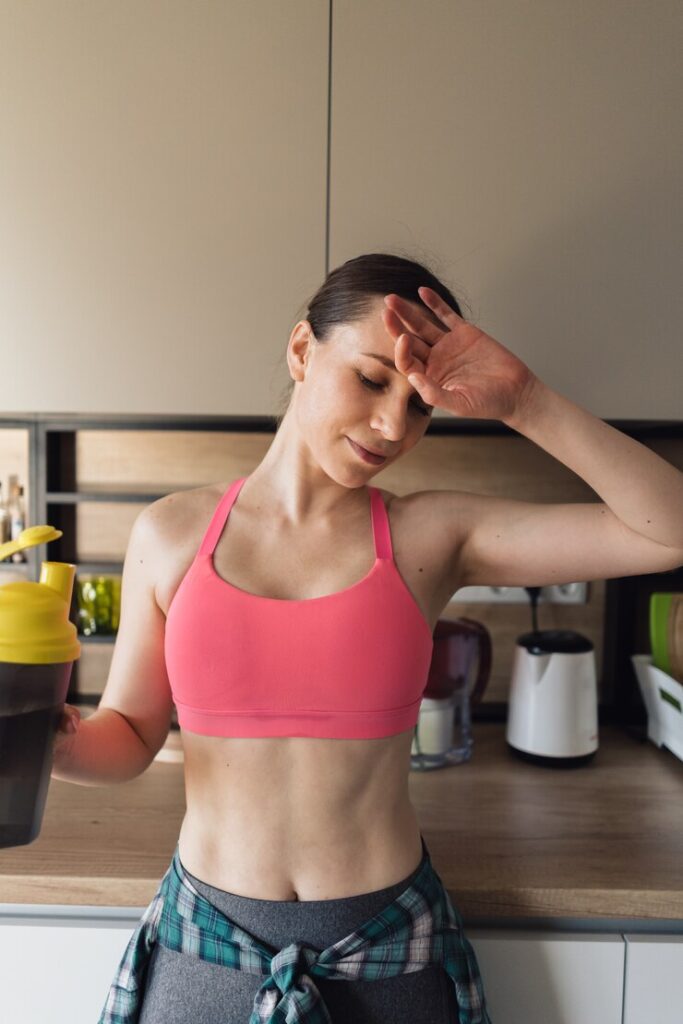
There is no one-size-fits-all dosage for CBD for Muscle Recovery. The optimal dose can vary depending on factors such as your body weight, the intensity of your workout, the severity of your muscle soreness, and the concentration of the CBD product.
General recommendations suggest starting with a low dose (e.g., 10-25mg of CBD) and gradually increasing it every few days until you find the dose that provides the desired level of relief. Pay close attention to how your body responds and keep a journal to track your dosage and effects.
Choosing Quality CBD Products for Muscle Recovery
When selecting CBD products for CBD for Muscle Recovery, prioritize quality and transparency:
- Third-Party Lab Testing: Always look for products that have been independently tested by a third-party laboratory. This ensures the accuracy of the CBD content and confirms the absence of harmful contaminants like pesticides, heavy metals, and solvents. Check for a Certificate of Analysis (COA).
- THC Content: Ensure that any CBD product you purchase contains less than 0.3% THC, as per federal regulations in the US.
- Reputable Brands: Opt for well-established and reputable brands that are transparent about their sourcing, manufacturing processes, and testing procedures.
- Type of CBD: Consider whether you prefer full-spectrum, broad-spectrum, or CBD isolate. Full-spectrum may offer the “entourage effect,” while broad-spectrum provides the benefits of multiple cannabinoids without THC, and isolate contains only pure CBD.
Potential Benefits Beyond Muscle Recovery
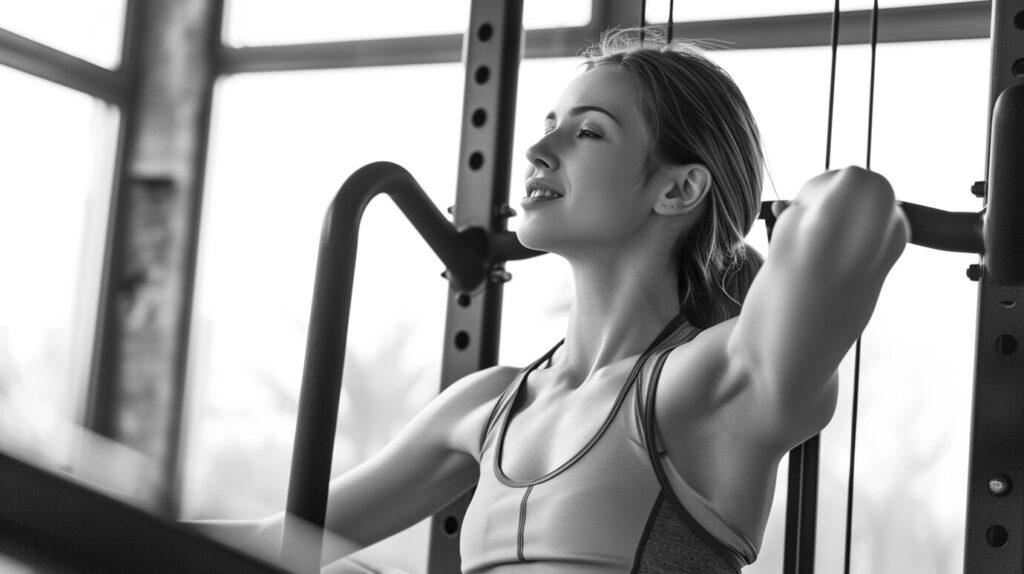
While the focus here is on CBD for Muscle Recovery, it’s worth noting that CBD may offer other benefits that can indirectly support your fitness journey, such as:
- Improved Sleep: Better sleep is crucial for overall recovery and performance.
- Stress Reduction: Managing stress can positively impact your training and recovery.
Conclusion: Exploring the Potential of CBD for Enhanced Muscle Recovery
CBD for Muscle Recovery shows promising potential as a natural aid to help athletes and fitness enthusiasts bounce back faster and more effectively after intense workouts. While more research is needed, its potential anti-inflammatory and analgesic properties, along with its ability to promote relaxation and sleep, make it a compelling option to explore. By choosing high-quality products, starting with a low dose, and listening to your body, you can experiment with CBD for Muscle Recovery and see if it helps you level up your recovery game.
Frequently Asked Questions (FAQs)
1. How does CBD help with muscle recovery after exercise?
CBD for Muscle Recovery is thought to work by interacting with the body’s endocannabinoid system (ECS). It may help reduce inflammation, alleviate pain associated with muscle soreness, and promote relaxation and better sleep, all of which are crucial for effective muscle recovery after exercise.
2. What is the best way to use CBD for muscle recovery?
There isn’t one single “best” way to use CBD for Muscle Recovery. Many athletes find a combination of topical CBD products applied directly to sore muscles for localized relief and oral CBD products (like oils or edibles) for systemic effects to be most beneficial. Experimenting with different methods may help you find what works best for you.
3. Is CBD safe to use for muscle recovery?
CBD is generally considered safe and well-tolerated by most people. However, it’s always a good idea to start with a low dose and listen to your body’s response. If you have any underlying health conditions or are taking other medications, it’s recommended to consult with a healthcare professional4 before using CBD for Muscle Recovery.
4. How long does it take to feel the effects of CBD for muscle recovery?
The time it takes to feel the effects of CBD for Muscle Recovery can vary depending on the method of consumption. Topical CBD products may provide localized relief relatively quickly, while orally consumed CBD (like oils or edibles) may take 30 minutes to a couple of hours to take effect as it needs to be absorbed into the bloodstream through the digestive system. Inhalation methods like vaping (if applicable and legal in your region) may offer the fastest onset of effects.



